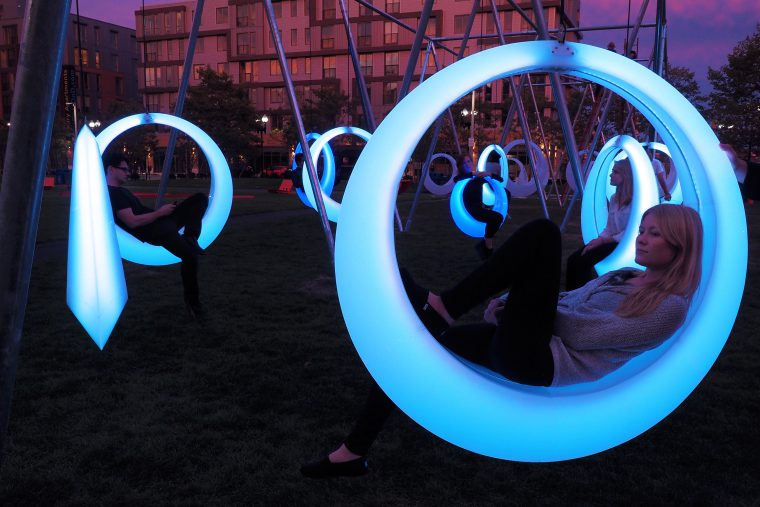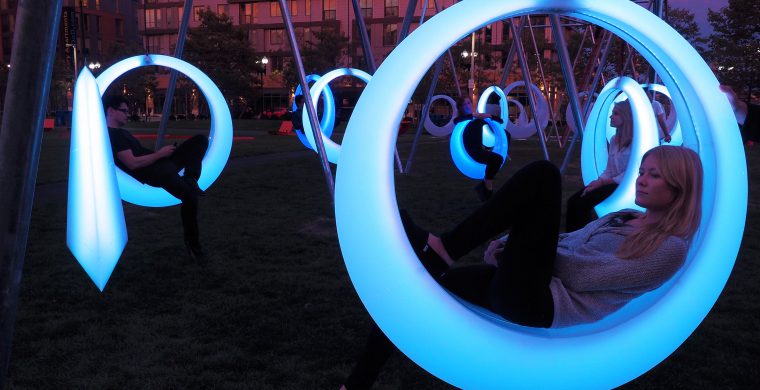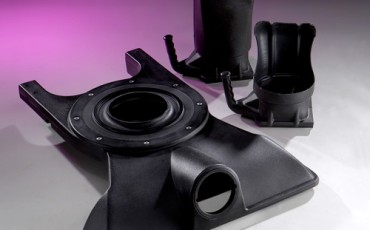
Rotational molding design guidelines are the starting point for a successful rotational molding project. The ideal design for a rotomolded part is any hollow shape where the design elements are blended smoothly. This smooth blending increases product strength, an important consideration for applications such as plastic tanks, boats, bins, pallets, housings, and assemblies. It also ensures efficient production.
Basic Requirements
Rotational molding design guidelines contain three basic requirements. The rotomolded part must:
- Meet the application’s end-use or functional requirements.
- Account for any limitations that are related to materials or processing.
- Support cost-effective production.
When choosing a plastic, it’s important to recognize that different rotational molding materials have different properties and processing requirements. For example, polycarbonate has low mold shrinkage and hard flow while crystalline polyethylene has high mold shrinkage and easy flow. Typically, plastic materials with the smallest mold-shrinkage factors produce the most dimensionally stable parts.
Part designers also need to understand that rotational molding is a low-pressure process. In other words, the two halves of the rotational mold do not require high-pressure clamping. Compared to injection molding then, rotomolded parts need larger tolerances on part dimensions that are perpendicular to the mold’s parting line. Mold design and construction can affect part quality, too.
Part Details
The details of a part’s design also support the success of a rotomolding project. These details include:
- Nominal wall thickness
- Wall thickness uniformity
- Varying wall thickness
- Flatness considerations
- Minimum wall separation
- Corner angle limits
- Reinforcing ribs
- Kiss off ribbing
- Draft angles
- Corner Radiuses
- Undercuts
- Tolerances
In the bulleted list above, follow the links for more information. Future blog entries from Gregstrom will examine additional aspects of these rotational molding design guidelines.
Rotational Molding Design Guidelines and Expert Assistance
Gregstrom Corporation of Woburn, Massachusetts (USA) has been making rotomolded parts for over 70 years. In addition to rotational molding, we provide value-added manufacturing services such as design assistance, tooling, plastic finishing, assembly and testing, and quality assurance. To learn more about us and how we can help you, contact Gregstrom.



